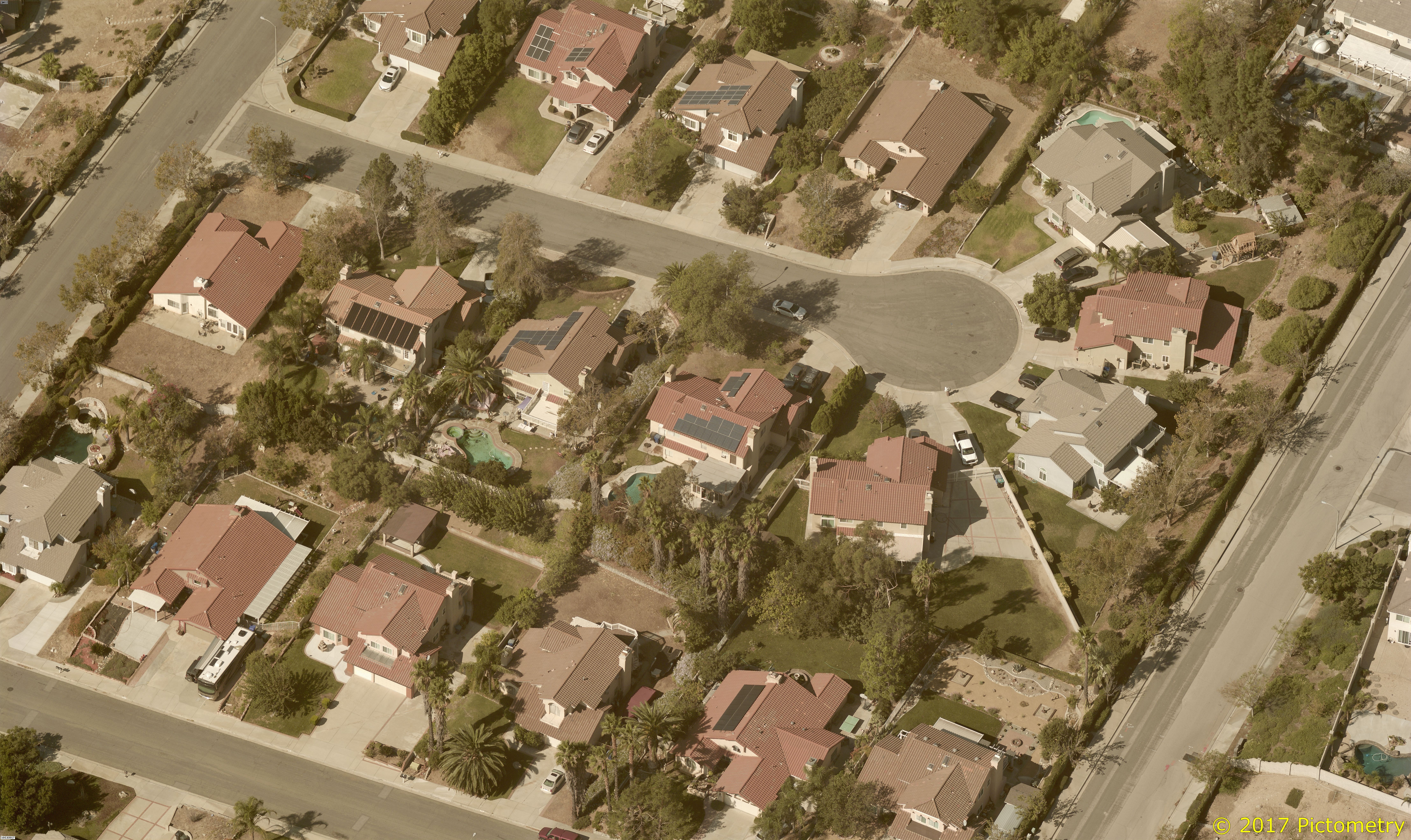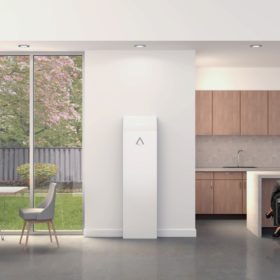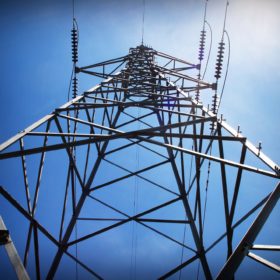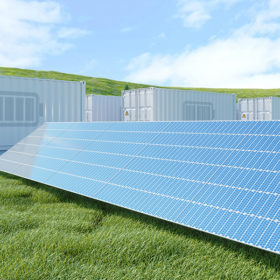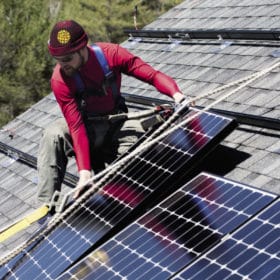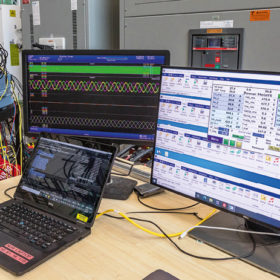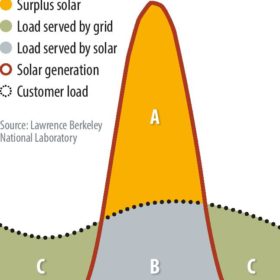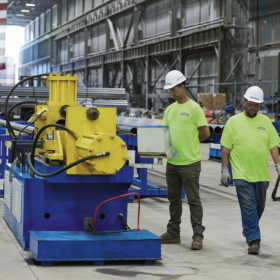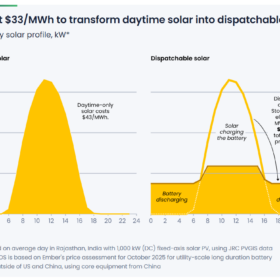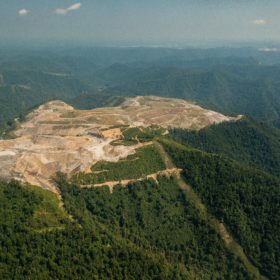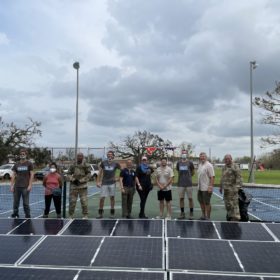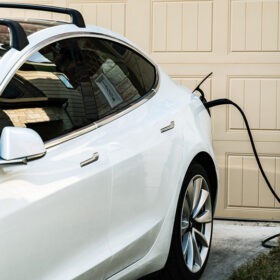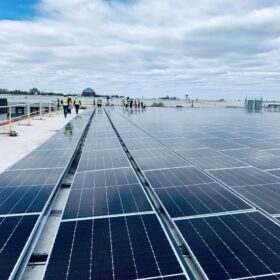Why the solar industry has a trust problem (and how to fix it)
By aligning industry measurement practices, we can create more trust among everyone involved in the solar installation journey.
As China expands energy storage manufacturing, the U.S. can step up to compete
By investing in factories to build zinc-ion batteries for energy storage, the U.S. can rapidly establish a complete energy storage supply chain.
It’s time to combat utility opposition to solar
As part of Aurora Solar’s Empower 2022 online solar summit, Bernadette Del Chiaro, from the California Solar & Storage Association, will moderate a talk about electric utilities and how they have abused their monopoly position to discriminate against solar in the U.S. Here, she gives pv magazine a taste of the presentation.
Using AI to optimize and unlock the value of co-located solar and energy storage
When combined with on-site generation assets, battery storage systems can be used to ride out the worst of the price volatility – discharging during high prices and absorbing excess energy from generation.
The Inflation Reduction Act may exacerbate the lithium problem
The lithium battery production bottleneck will block the adoption of 350 million electric vehicles by 2040 unless supply chain constraints are removed.
Rallying for the ‘Solar+ Decade’
With energy challenges abounding, PV has emerged as a crucial part of the solution – building resiliency, creating jobs, and cutting emissions. In pursuit of energy markets and a system that embraces these features, Solar Energy Industries Association CEO Abigail Ross Hopper is advocating for more stable trade and policy settings, in order to facilitate the expansion of PV, in line with its “Solar+ Decade” goals.
Solar Resilience: Keeping communities connected
Distributed solar energy systems can play an important role in increasing the resilience of the nation’s grid.
Real barriers to virtual power plants
The technology is available for virtual power plants to be rolled out across the United States, argues Jigar Shah, the director of the Department of Energy’s Loan Programs Office. Their implementation would result in a cascade of benefits, including extending the adoption of distributed energy resources like rooftop PV and lowering electricity costs for consumers.
Netting true value from batteries
Net metering reforms in the U.S. are a missed opportunity to harness residential battery storage, argue researchers from the Lawrence Berkeley National Laboratory. Compensation rules for residential rooftop solar are evolving toward a model that encourages customers to use battery storage to maximize solar self-consumption. However, is this a good thing? Galen Barbose, Sydney P. Forrester, and Chandler Miller investigate.
Investing in uncertain times: Evaluating the solar supply chain
Industry insights on how the new source of long-term economic support from the IRA might impact business risk, investment, and M&A trends within the domestic solar manufacturing industry.
